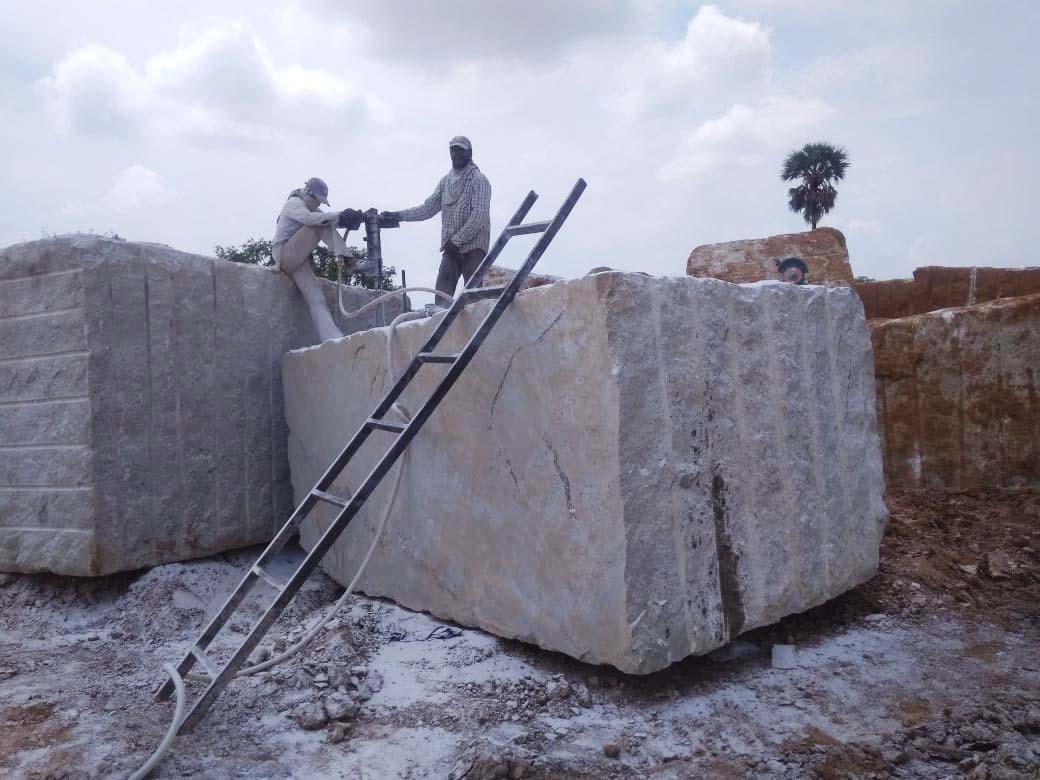Granite Quarries in South Africa Marvels: Discovering the Quarry Landscape
Granite Quarries in South Africa Marvels: Discovering the Quarry Landscape
Blog Article
Unearthing the Rich Background and Sustainable Practices of Granite Quarrying
As we depend on the precipice of discovering the complex tapestry of granite quarrying, a journey through time exposes not simply the physical act of drawing out rock however also the social and historic value woven right into the really textile of this technique. From the old origins that laid the foundation for modern-day quarrying techniques to the lasting practices that are forming the future of this industry, each sculpt mark on granite surface areas tells a tale waiting to be discovered (granite quarries in south africa). The legacy of granite quarrying stretches far past mere removal; it is a testimony to human ingenuity, strength, and the enduring appeal of this marvelous stone
Ancient Beginnings of Granite Quarrying
Dating back to ancient human beings, the practice of quarrying granite has actually been an essential component of human history and building advancement. The earliest proof of granite quarrying dates back to ancient Egypt, where enormous pyramids and elaborate sculptures were crafted from this resilient rock. The Egyptians made use of primitive devices to extract granite blocks from quarries, showcasing the importance of this product in their monumental constructions.
Relocating ahead in history, the Greeks also made substantial contributions to the quarrying of granite. The Greeks used granite in different architectural marvels, such as holy places and statuaries, showing their ability in shaping and sculpting this durable stone. The Romans further refined the methods of quarrying granite, using advanced devices like knives and hammers to remove and shape granite for their iconic structures.
With the centuries, the practice of quarrying granite has progressed, with modern-day innovations boosting efficiency while preserving the classic allure of this natural stone - granite quarries in south africa. From old civilizations to contemporary building contractors, the heritage of granite quarrying proceeds to shape our globe
Development of Quarrying Techniques
The evolution of quarrying methods has been marked by a continuous development in the direction of greater performance and accuracy in removing granite. Early quarrying techniques included manual labor with standard devices such as chisels, hammers, and wedges to extract granite blocks from the earth.
Developments in computer-controlled equipment and 3D modeling have actually enhanced quarrying operations, leading to minimal ecological effect and boosted sustainability techniques. As the need for granite proceeds to increase, the advancement of quarrying techniques stays essential to conference industry requires successfully and sustainably.
Cultural Value of Granite
Granite holds an extensive social importance visit homepage across different human beings due to its enduring visibility in architectural work of arts and admired monoliths. The social significance of granite expands past its physical attributes; it symbolizes strength, security, and timelessness, making it a symbol of withstanding legacies and practices.

Sustainable Practices in Quarrying
Among the abundant history of granite quarrying and its cultural importance lies a growing focus on sustainable practices within the market. As environmental understanding and issues concerning source exhaustion have actually increased globally, the quarrying sector has increasingly embraced sustainable techniques to decrease its influence on the atmosphere and surrounding neighborhoods.

Moreover, reclamation and rehab of quarry sites click for source post-extraction are essential to lasting practices. By bring back quarried locations to a natural or advantageous state, such as creating wildlife habitats or entertainment rooms, quarriers can balance out the environmental impact of their procedures and contribute favorably to Read Full Article the regional ecosystem.
Heritage of Granite Quarrying
With a historic background steeped in workmanship and industrial progress, what withstanding influence has granite quarrying left on the landscape of modern-day culture? The tradition of granite quarrying goes beyond simple extraction practices; it has actually shaped architectural marvels, urban landscapes, and social heritage worldwide. The durable nature of granite has actually made it a recommended selection for monoliths, buildings, and infrastructure, standing as a testimony to the skill and virtuosity of quarry workers across generations.
Additionally, the financial footprint of granite quarrying can not be neglected. The sector remains to offer employment possibility and drive local economic situations in regions where granite removal is prevalent. It has actually likewise spurred technical developments in quarrying strategies and devices, bring about much more effective and lasting techniques.
In terms of sustainability, the heritage of granite quarrying includes initiatives to mitigate ecological impacts with recovery projects and responsible source management. By balancing financial passions with ecological stewardship, the industry makes every effort to guarantee that future generations can proceed to profit from this enduring natural deposit.
Conclusion

Report this page